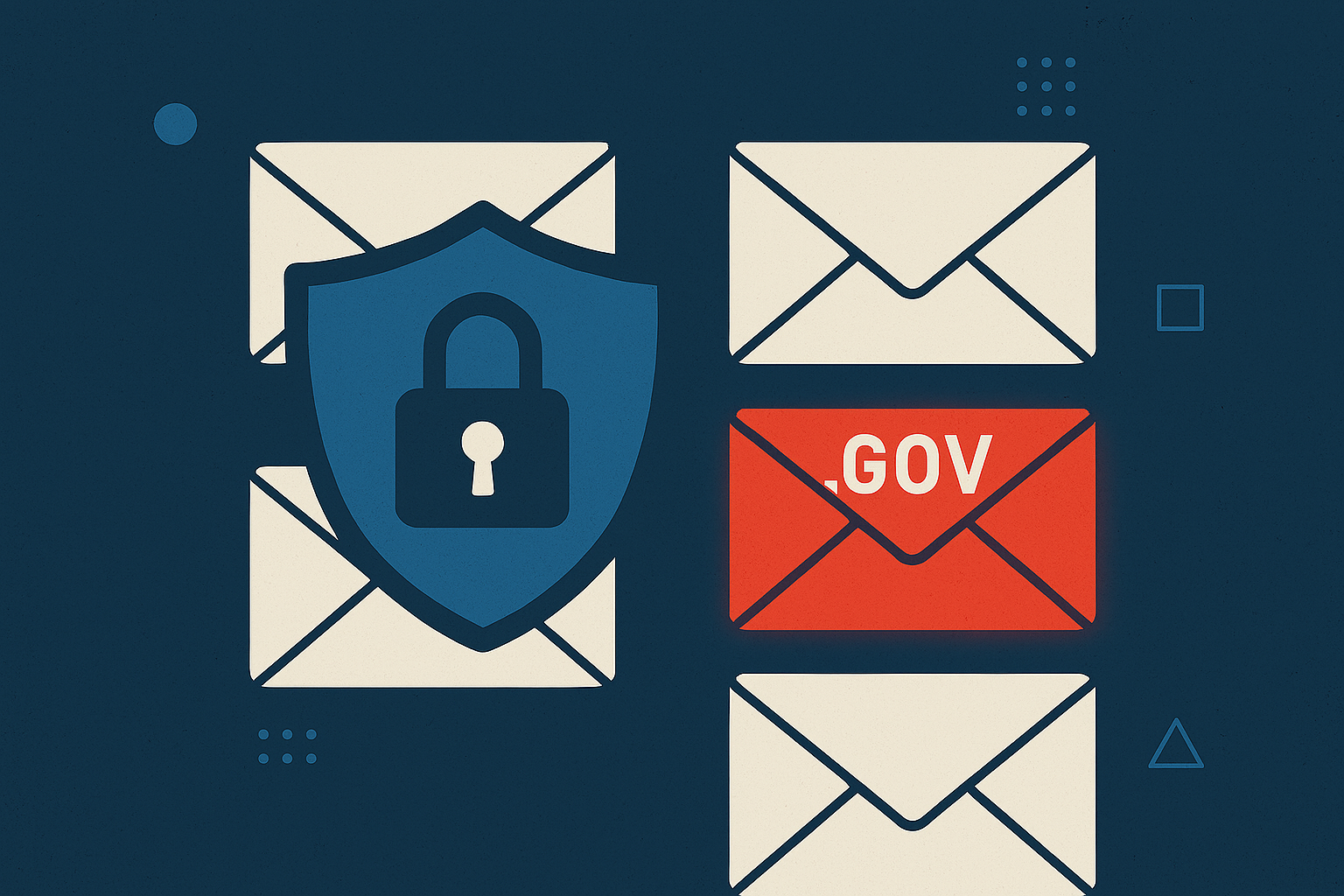Strengthening Security Culture: The Key to Reducing Cybersecurity Risks
Introduction
In recent years, organizations have invested heavily in advanced cybersecurity tools. Yet despite firewalls, endpoint protection, and AI-driven threat detection, human factors remain a leading cause of data breaches. Studies consistently show that most incidents involve errors, misjudgments, or unsafe practices by employees. This is not because people are careless but because they often lack the right guidance, support, or environment to make secure choices. The solution lies in building a security culture—a workplace mindset where security becomes second nature rather than an afterthought.
What Is Security Culture?
Security culture refers to the shared values, attitudes, and everyday practices that shape how employees think and act about cybersecurity. It is not a single training program or policy but the collective environment that influences behavior.
When an organization has a strong security culture, employees:
- Understand their personal responsibility in protecting data.
- Recognize common cyber threats such as phishing emails or social engineering attempts.
- Feel supported by leadership and the IT security team.
- Trust that policies are practical and achievable.
Without this culture, employees may unintentionally bypass security rules or fail to report incidents, leaving the organization vulnerable.
Why Security Culture Matters More Than Tools
Technology is vital, but it cannot stop every attack. For example, phishing filters block many malicious emails, but a well-crafted message can still slip through. At that point, the employee’s awareness and decision-making become the final line of defense.
A weak culture increases risk because employees may click links without hesitation, reuse weak passwords, or ignore suspicious activity. A strong security culture, on the other hand, empowers staff to act cautiously, report issues quickly, and adopt safer digital habits. In this way, culture directly amplifies the effectiveness of technical defenses.
Core Drivers of Security Culture
1. Leadership Commitment
Culture starts at the top. If executives demonstrate that cybersecurity is a priority—by allocating resources, openly supporting initiatives, and involving the security team in decision-making—employees will follow suit. Conversely, when leadership downplays security or cuts budgets, employees perceive it as unimportant.
2. The Role of the Security Team
The security team acts as the bridge between technical controls and employee behavior. If team members are approachable, supportive, and willing to explain policies, employees are more likely to seek their help. However, if the team is seen as strict or unapproachable, staff may hide mistakes or avoid reporting incidents.
3. Clear and Practical Policies
Policies that are overly complex, filled with jargon, or disconnected from real work routines are rarely followed. Effective policies should be concise, easy to understand, and designed with the employee experience in mind. When policies align with day-to-day tasks, employees naturally integrate them into their workflow.
4. Relevant Training and Education
Traditional one-time training sessions often fail because employees quickly forget the material. Instead, training should be continuous, engaging, and tailored to roles. For example, accounting staff might need extra awareness about invoice fraud, while IT teams require technical incident response training. The goal is to keep security top-of-mind without overwhelming staff.
Practical Steps to Strengthen Security Culture
Conduct Employee Assessments
Start by surveying employees about their perceptions of security. Do they feel supported by leadership? Are policies clear? How confident are they in spotting phishing attempts? Answers to these questions highlight strengths and weaknesses in the existing culture.
Create a Safe Reporting Environment
Employees must feel comfortable reporting incidents or mistakes without fear of punishment. A culture of blame discourages honesty, leading to hidden risks. Encouraging openness and focusing on learning from mistakes builds trust and improves response times.
Integrate Security into Onboarding
New employees are particularly vulnerable to cyber threats. By embedding security training and awareness into the onboarding process, organizations ensure that new hires adopt safe practices from the beginning. This also signals that cybersecurity is an essential part of the company’s values.
Reinforce Through Continuous Learning
One-time workshops are not enough. Use regular refresher courses, phishing simulations, and short training modules to keep awareness high. Celebrate employees who demonstrate secure behavior to reinforce positive actions.
Measure Progress Over Time
Culture is not static—it evolves. Organizations should track progress through surveys, phishing test results, and compliance metrics. Regular measurement ensures leaders can identify gaps and make improvements before risks escalate.
Benefits of a Strong Security Culture
Building a resilient culture delivers benefits beyond reducing breaches:
- Lower Risk of Human Error: Employees make fewer mistakes when they understand and believe in security principles.
- Faster Incident Response: Staff are more likely to report suspicious activity promptly.
- Greater Trust: Clients, partners, and regulators view the organization as more reliable.
- Employee Confidence: Workers feel empowered knowing they contribute to protecting the organization.
Ultimately, a well-developed culture turns employees from potential vulnerabilities into active defenders.
Conclusion
Cybersecurity is no longer just about technology. While advanced tools remain crucial, they are only effective when supported by people who know how to use them wisely. Building a strong security culture ensures employees understand their role, follow clear policies, and feel supported in making the right decisions. Organizations that invest in leadership commitment, approachable security teams, practical policies, and engaging training will see fewer breaches, faster responses, and stronger overall resilience. In the end, security culture is not just a defensive measure—it is a competitive advantage.




Comments are closed